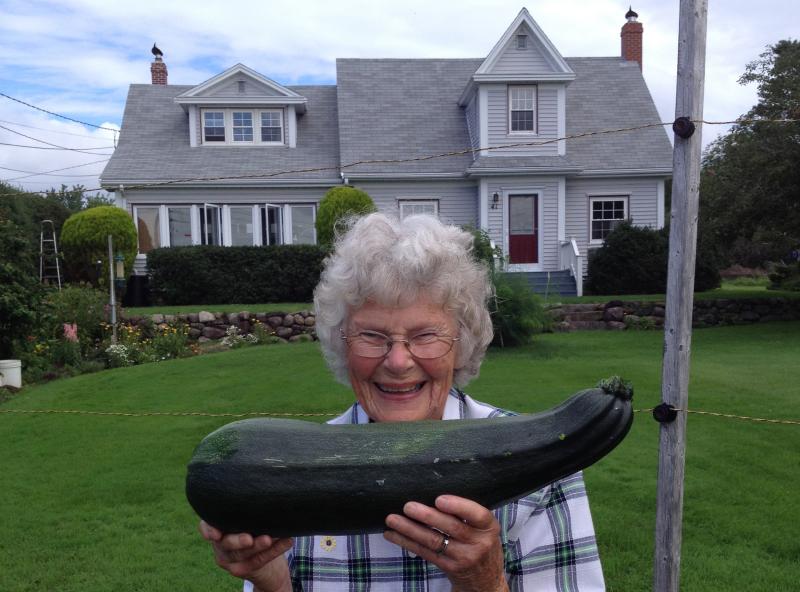
When I was growing up, gardening was a family activity. My dad’s childhood was spent on a potato farm in Prince Edward Island and my mom is just one of those people for whom the phrase ‘green thumb’ is completely insufficient. We always had abundant flower gardens wherever we lived, not to mention, a giant vegetable patch that everyone was expected to help plant, weed, and harvest. Today, at 87 years young, my parents still maintain a large property. They remain enormously grateful for the beautiful flowers that grace their table from spring through fall, and the healthy, delicious produce which they enjoy both freshly-picked as well as preserved and frozen to last through the winter. I know I will forever cherish the memories of many summertime visits in which my kids and I have gardened side-by-side with my parents.

Some of what I learned growing up has definitely stuck with me. I enjoy my substantial perennial gardens and plant whatever vegetables I can peacefully share with the urban wildlife that seems to treat our yard as their own personal all-you-can-eat buffet. Our children learned from an early age why making a bee-friendly yard was important. Gardening together also helped them to understand that food doesn’t originate in grocery store packages – there has been a lot of work on behalf of bees and farmers before it gets to our homes.
One of the things I made sure to teach our kids was to respect bees, rather than to fear them. This was important because bees are not only crucial helpers to gardeners, they’re a sign of a healthy eco-system. I found the easiest way to move from fear to fascination was to share some amazing bee facts with them. For example, did you know that:

I found that once they learned these cool things about bees, the kids were happier to help me in the garden and didn’t panic when curious, pollen-gathering bees came buzzing by. They also came to understand why I was so insistent about never harming bees. We actually owe them our gratitude for one out of every three bites of food we eat! Without bees to pollinate, flowering plants would not be able to produce fruit and seeds, and we would not have very much fruit, vegetables, nuts or even coffee (gasp!!!!) to enjoy because billions of dollars worth of crops could not be grown. Now, my kids are fascinated to watch the bees visiting the flowers in our garden, all summer long.

My experience with helping my kids appreciate bees made me super excited about the recent Bring Back the Bees campaign by Honey Nut Cheerios. Its original goal was to distribute 35 million wildflower seeds (representing one for every Canadian) to people across the country to plant as a simple, but effective way, to help ensure we can reverse the trend and return to sustainable, healthy bee populations. In the end, the campaign was so successful that Honey Nut Cheerios ended up giving away 115 million seeds! Honey Nut Cheerios also recently took another step towards increasing the amount of bee-appealing natural habitats by planting a pollinator-friendly space designed by gardening guru Mark Cullen at Ontario’s Black Creek Pioneer Village. I'm looking forward to visiting with my family.
I know we’re not the only family concerned about the environment, so it’s gratifying to see a large company jump on board with a great program to inspire a new appreciation for bees. As a life-long gardener and eco-conscious mom, I want my kids (and future grandkids) to grow up in a world that has figured out how to address environmental issues, including food insecurity. Planting wildflowers to encourage bee population growth is my kind of solution. Simple, grassroots, multi-generational and FUN! I adored picking bouquets, berries, and vegetables as a kid and want others to know that joy.
Planting flowers is a great first step but I’m hopeful that the conversation started by the #BringBacktheBees campaign will help shine a spotlight on the dangers of habitat loss and degradation. Whenever I see a semi-rural parcel of land being transformed into a subdivision, I can’t help but wonder about all the critters and insects who are adversely affected.
I planted the wildflower seeds I received from Honey Nut Cheerios amongst my beloved herbs and soon, that section of my garden will be a thriving, ‘bee-utiful’ paradise that will be both abloom and abuzz.

